Every empire has an end
Jennifer Carvalho & Jenine Marsh
March 8 - March 30, 2019
Images
Press Release
Jennifer Carvalho & Jenine Marsh
March 8 - March 30, 2019
Images
Press Release
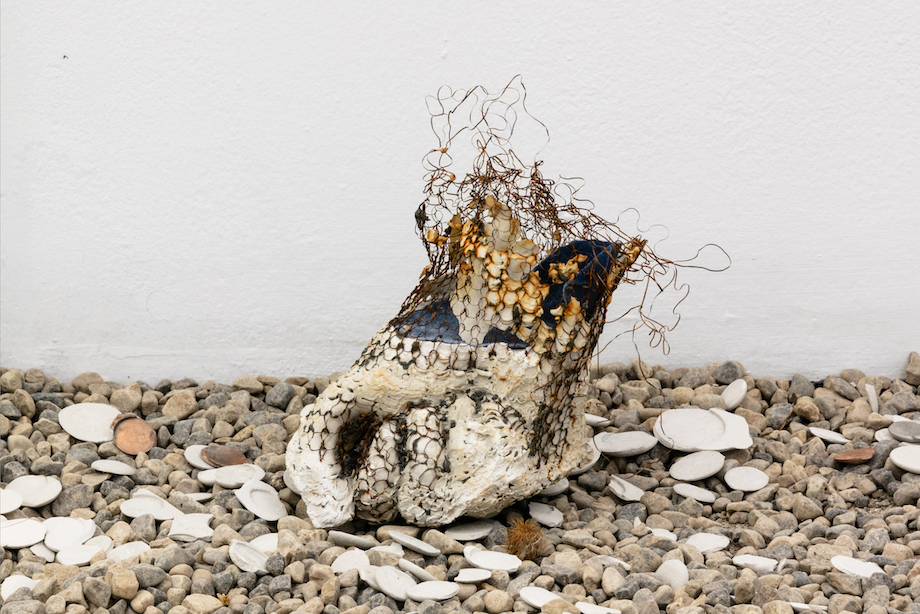
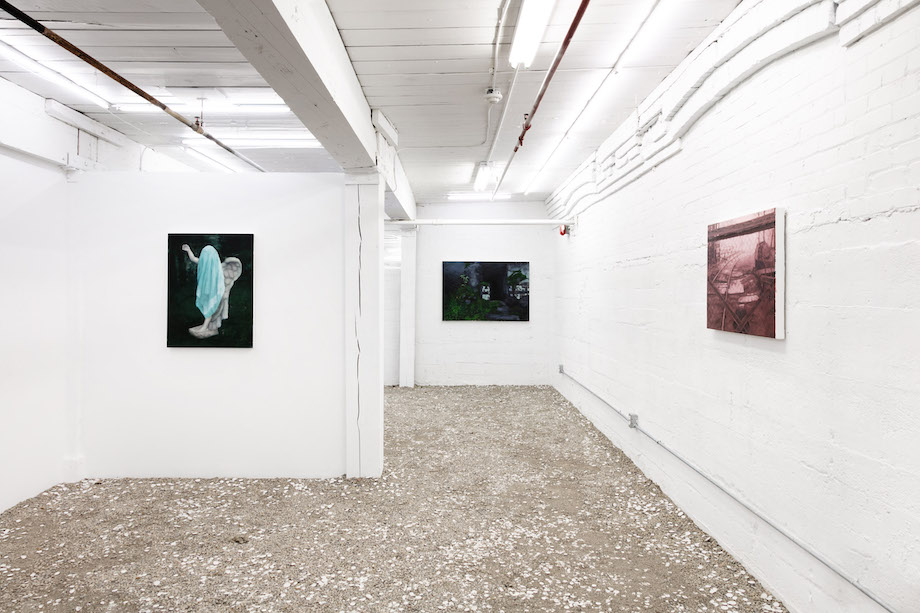
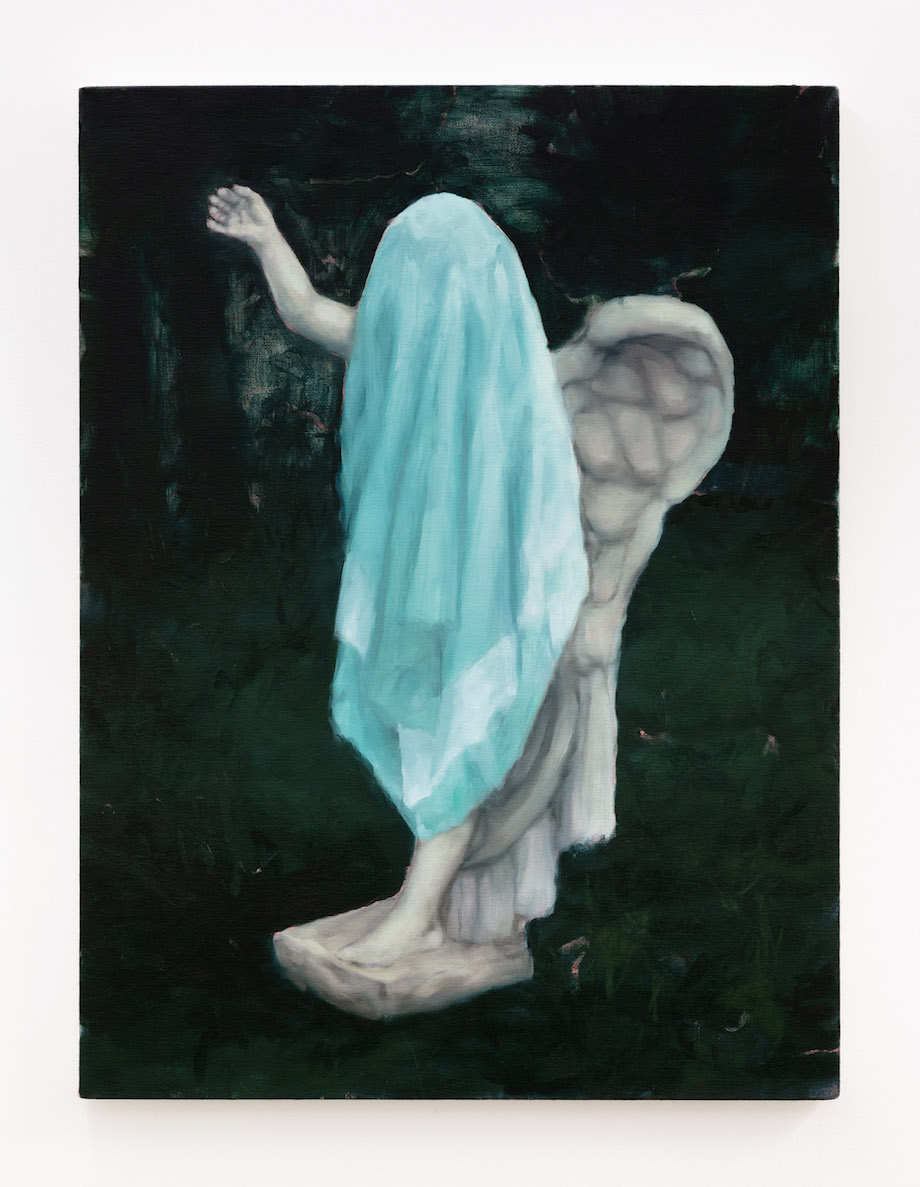
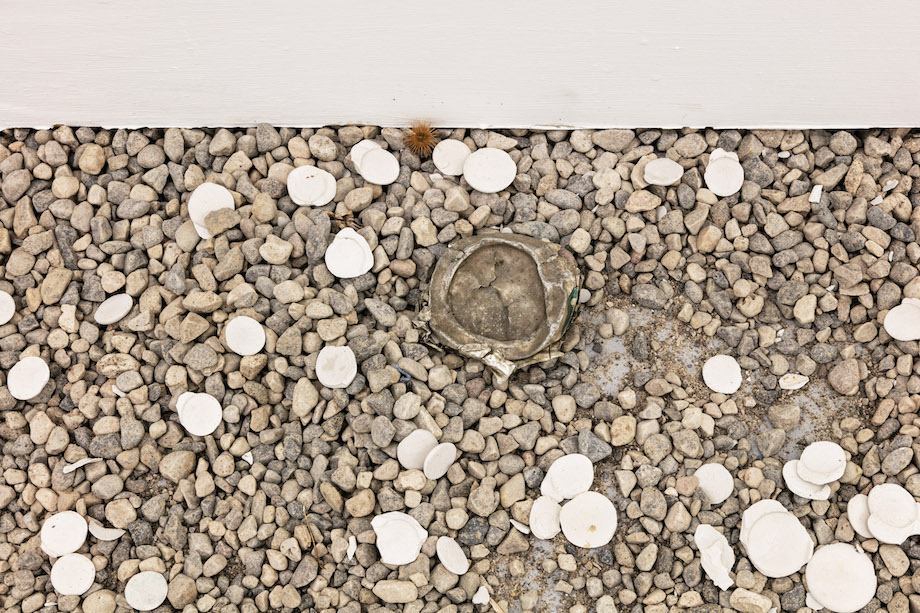
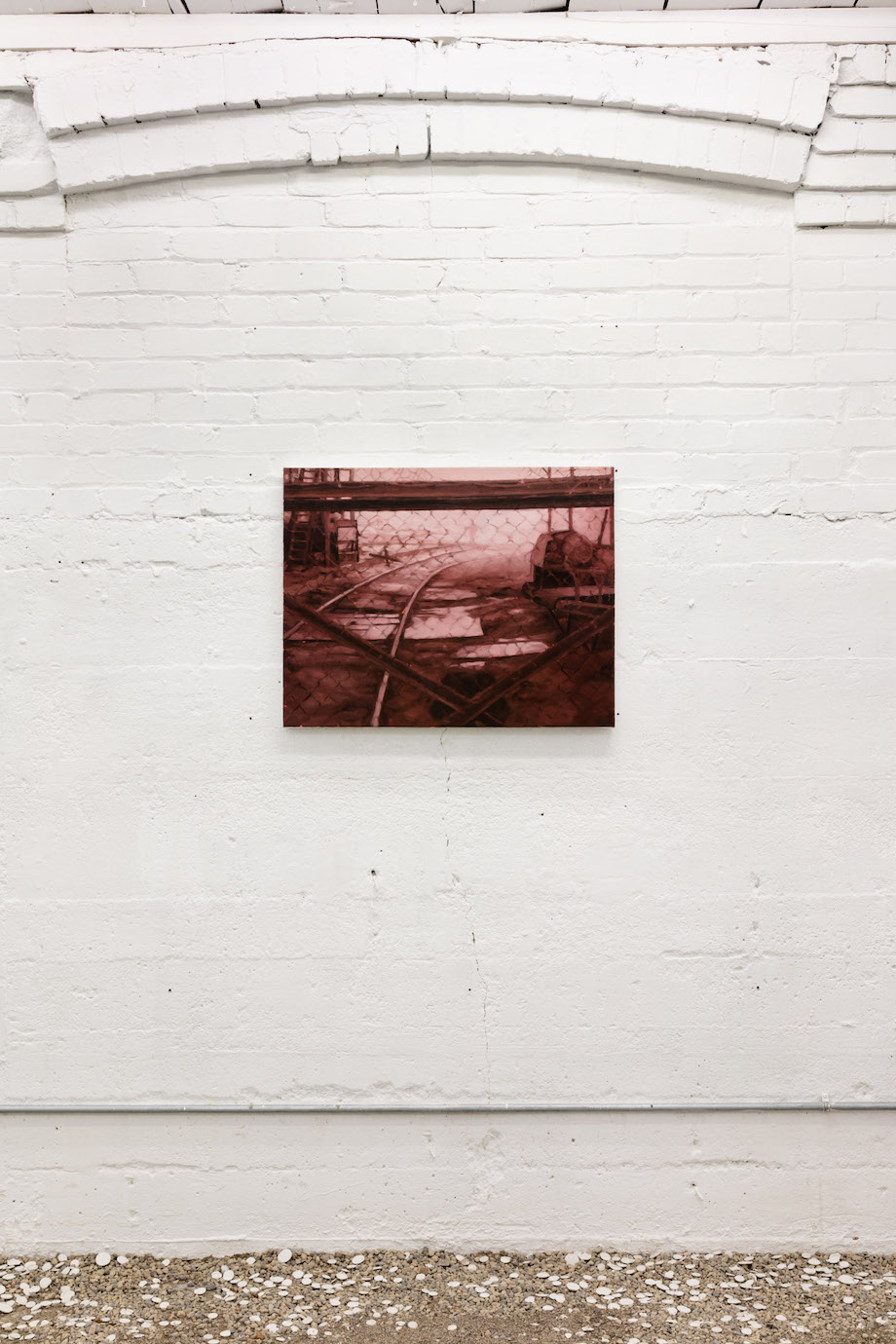
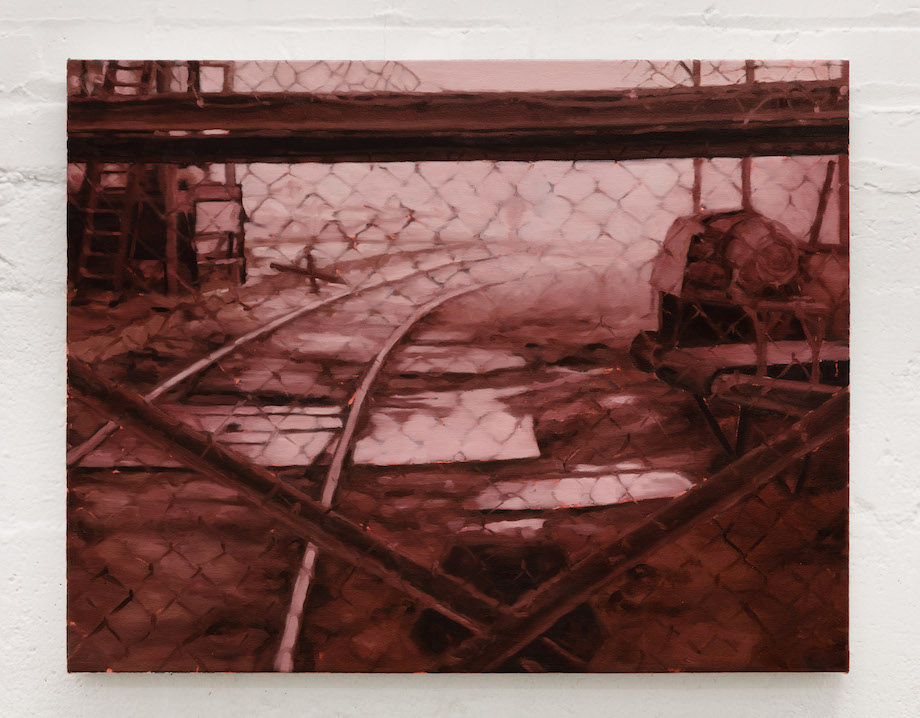
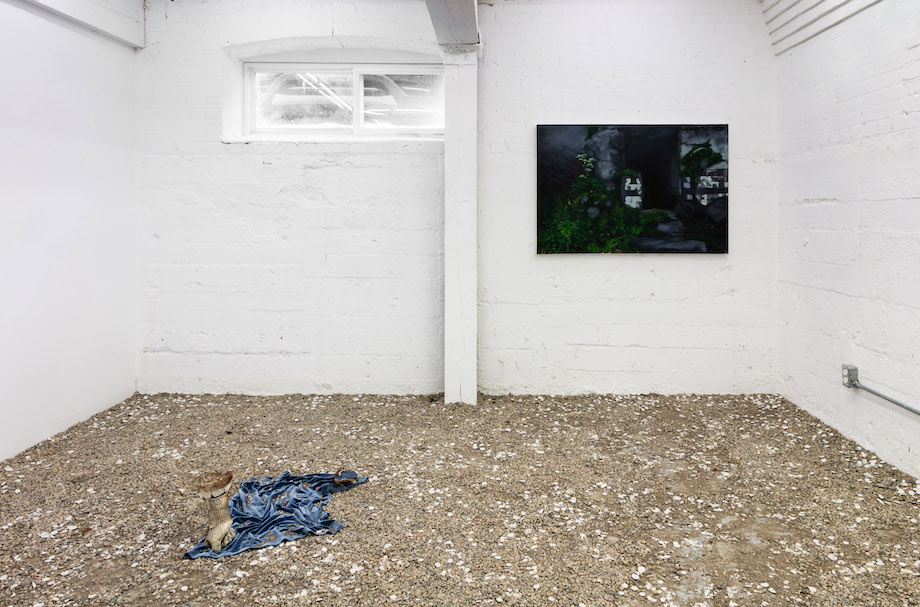
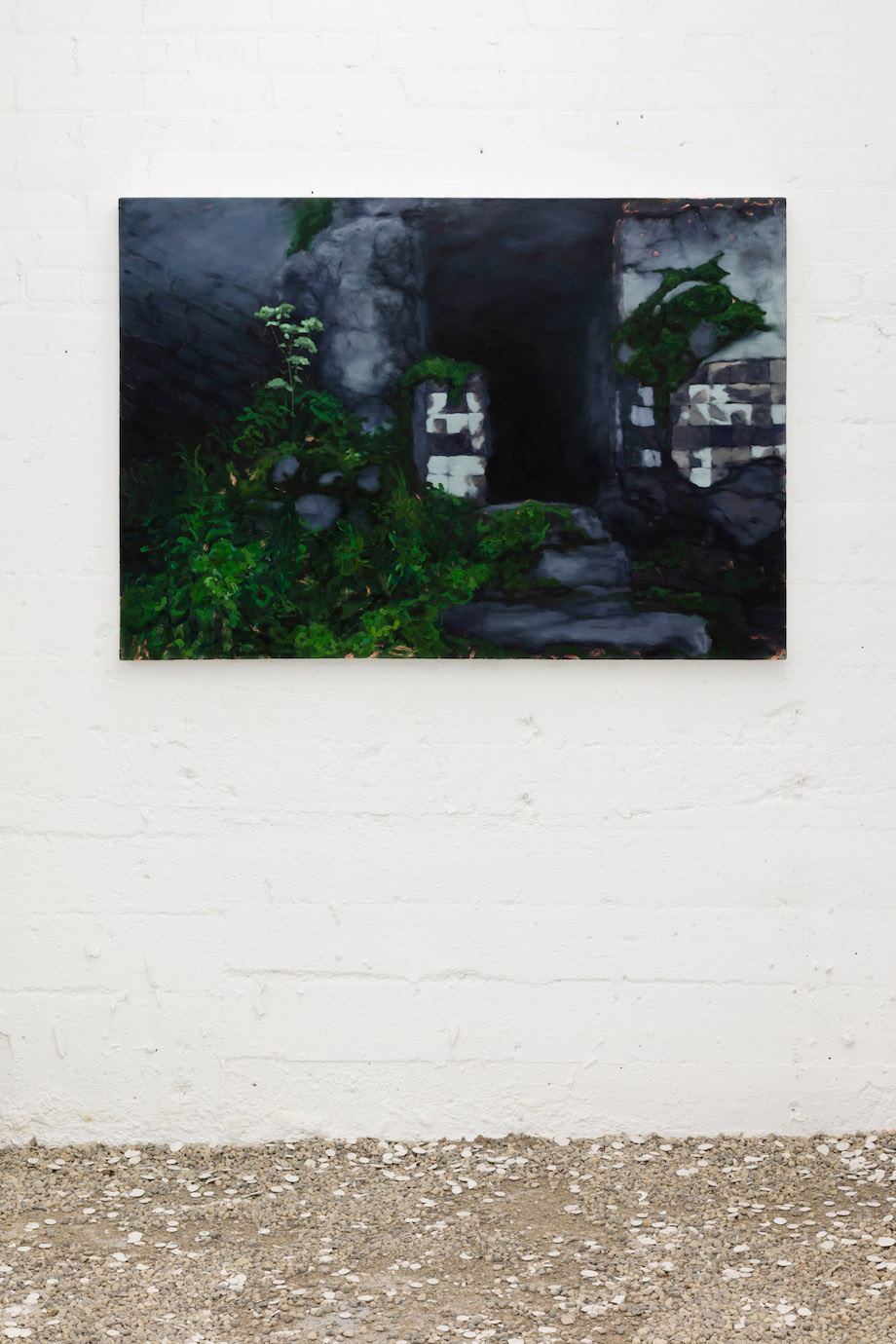
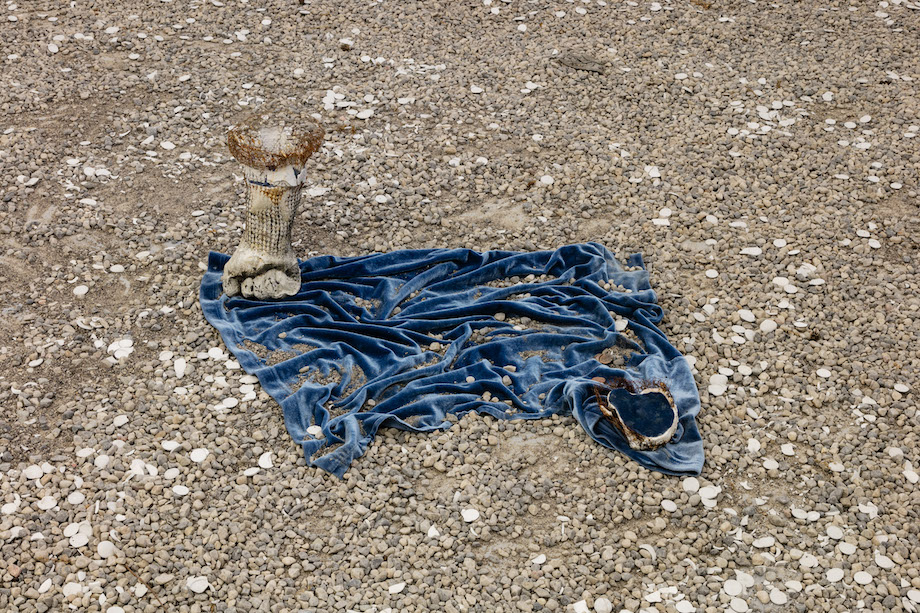
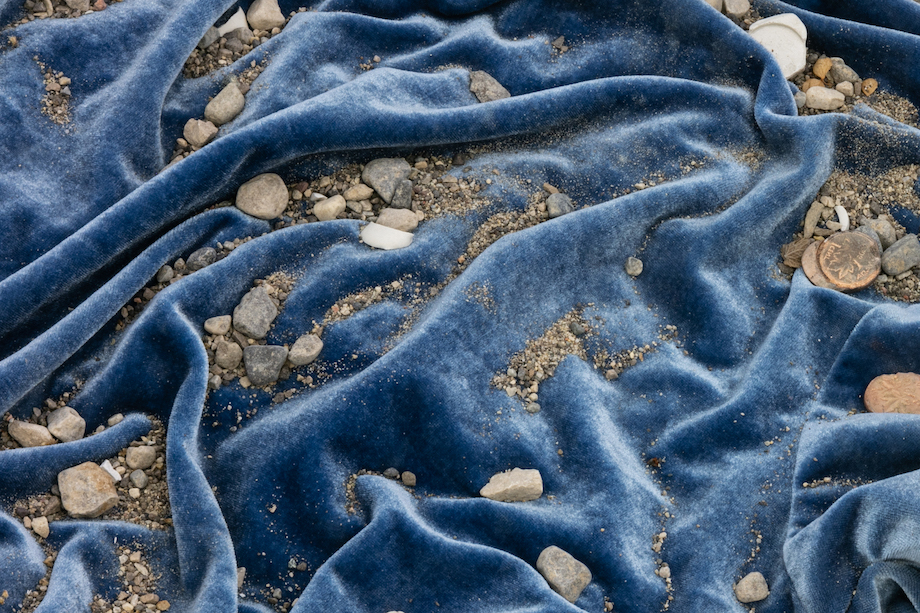
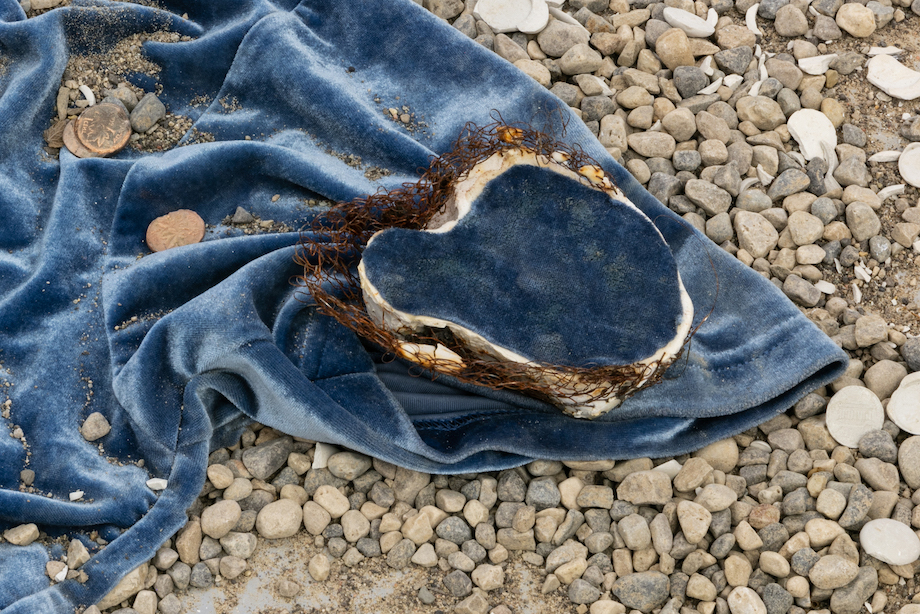




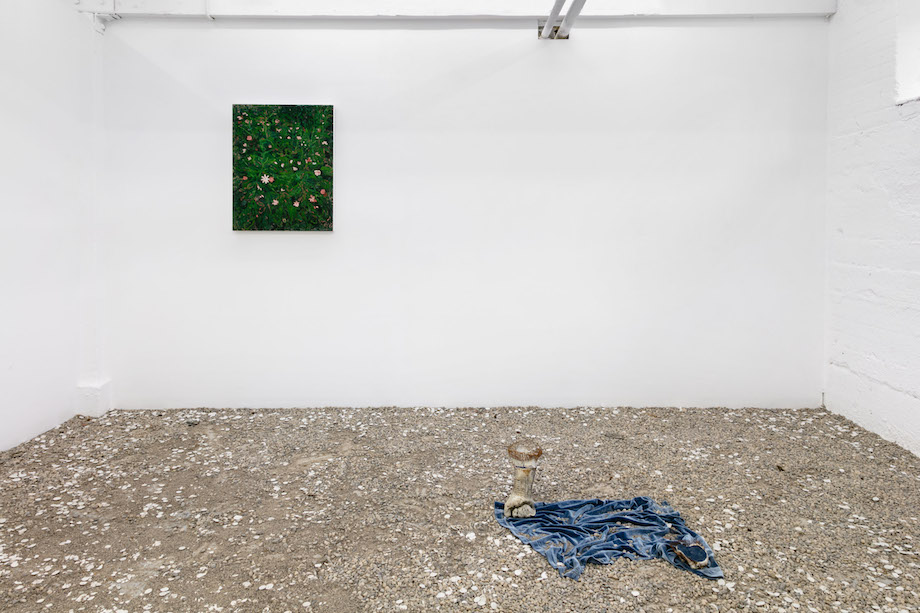
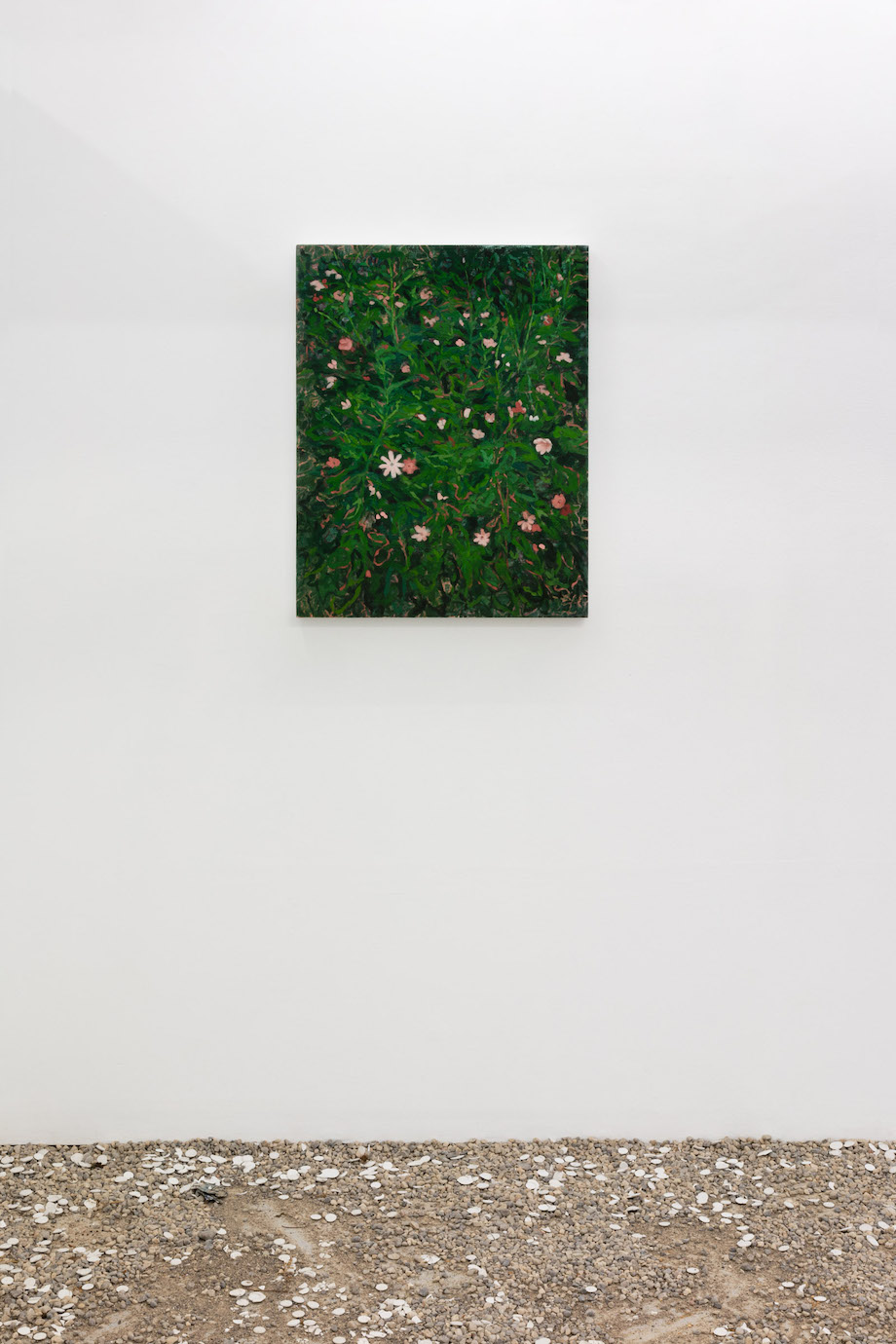
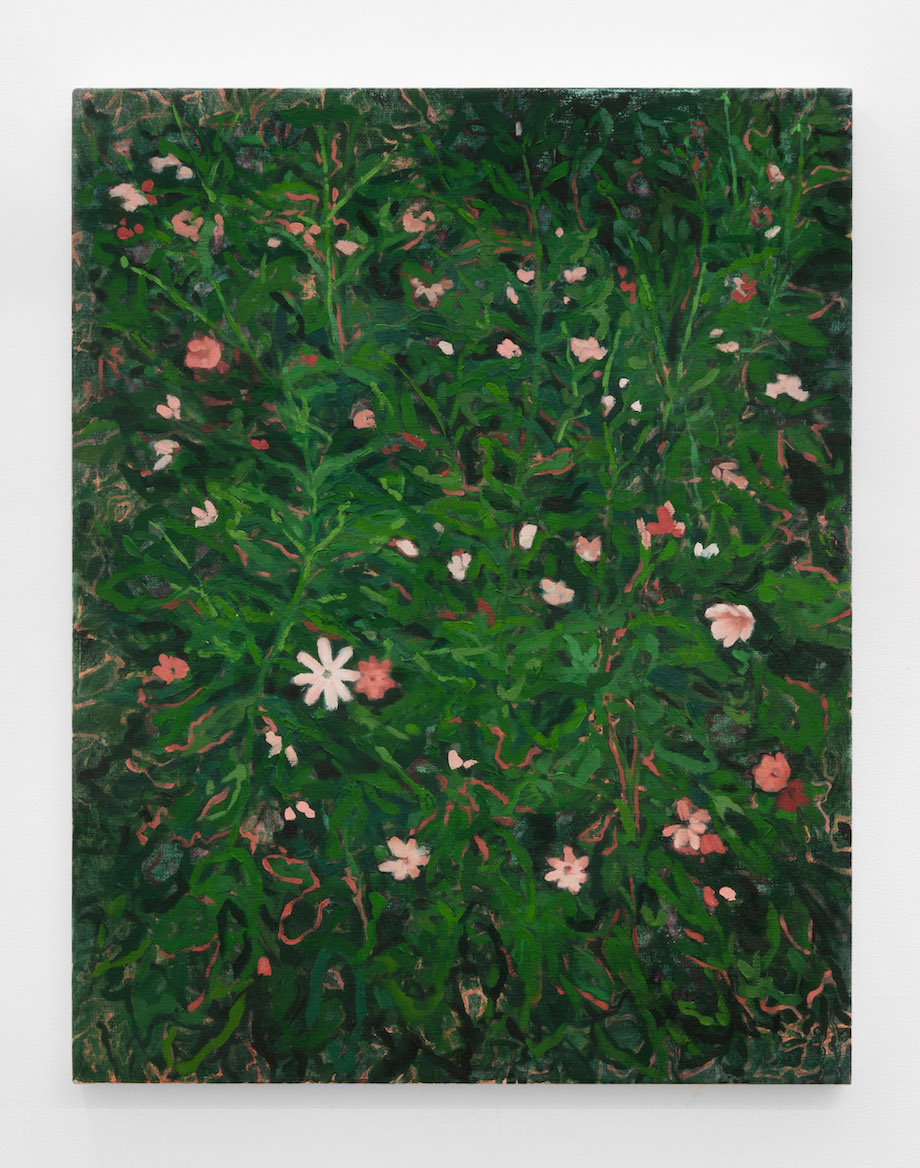
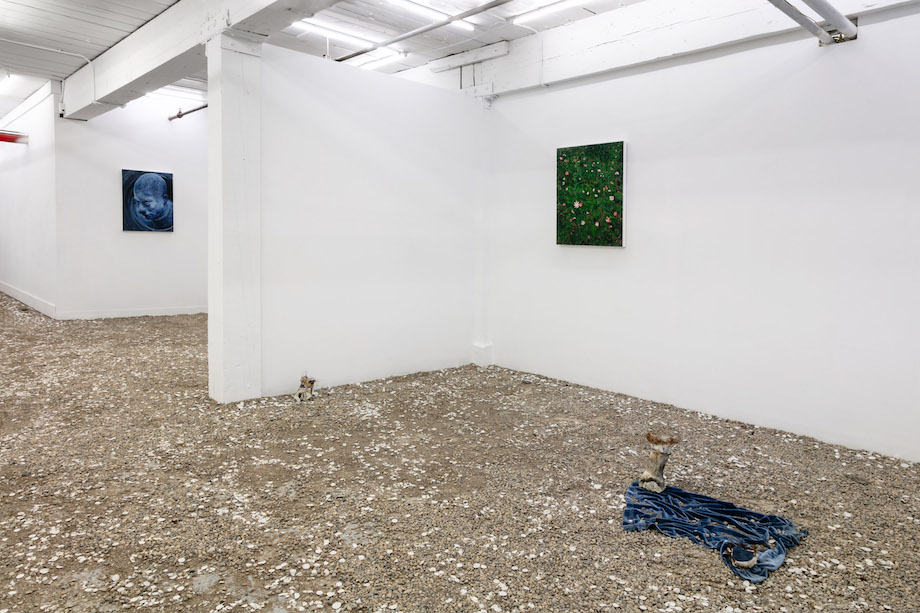


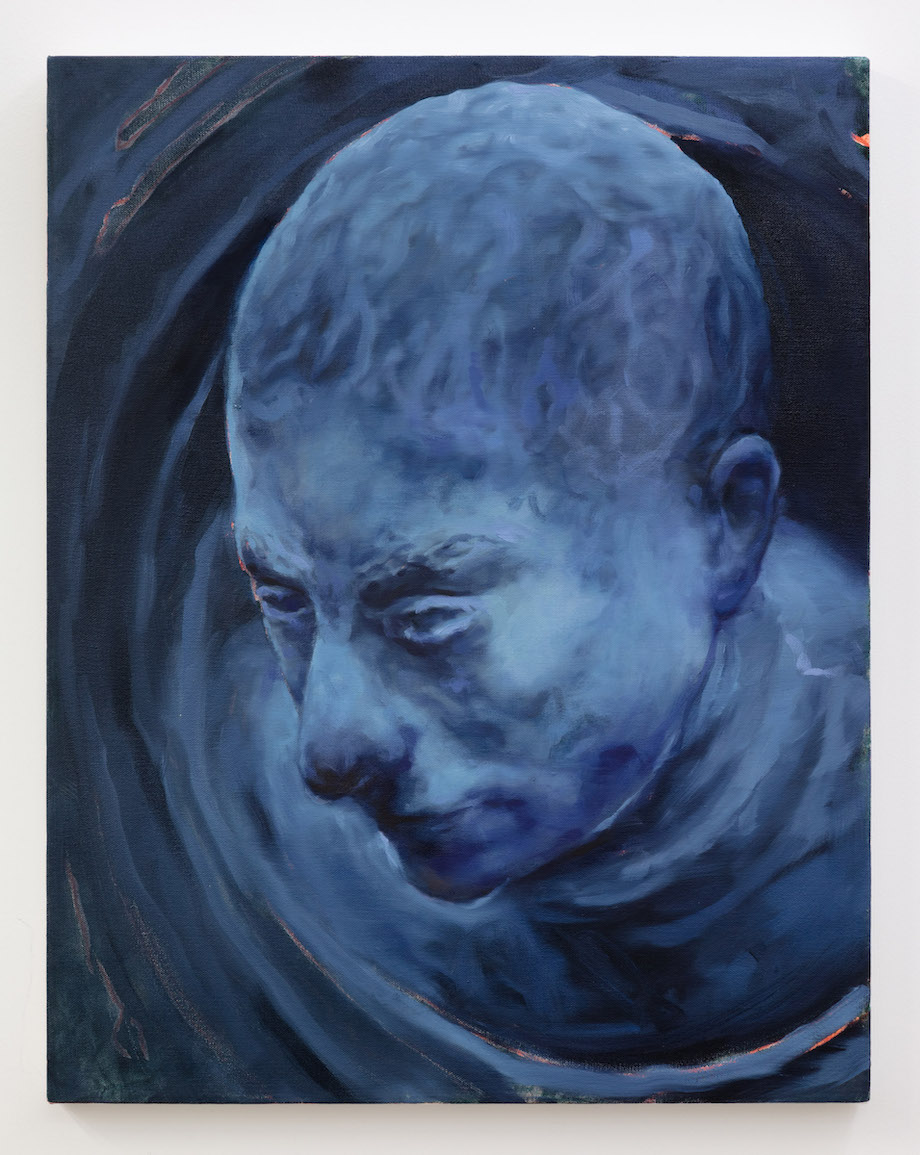



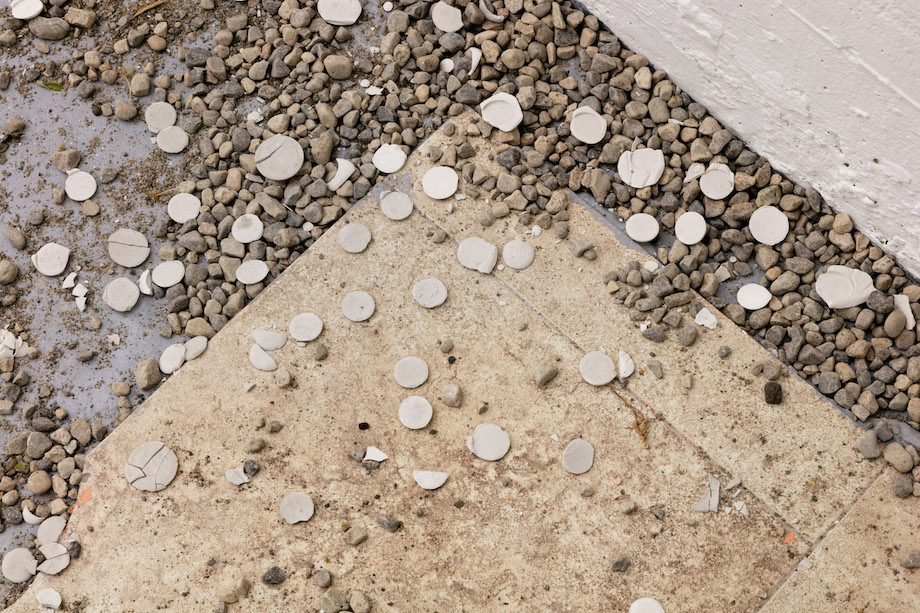
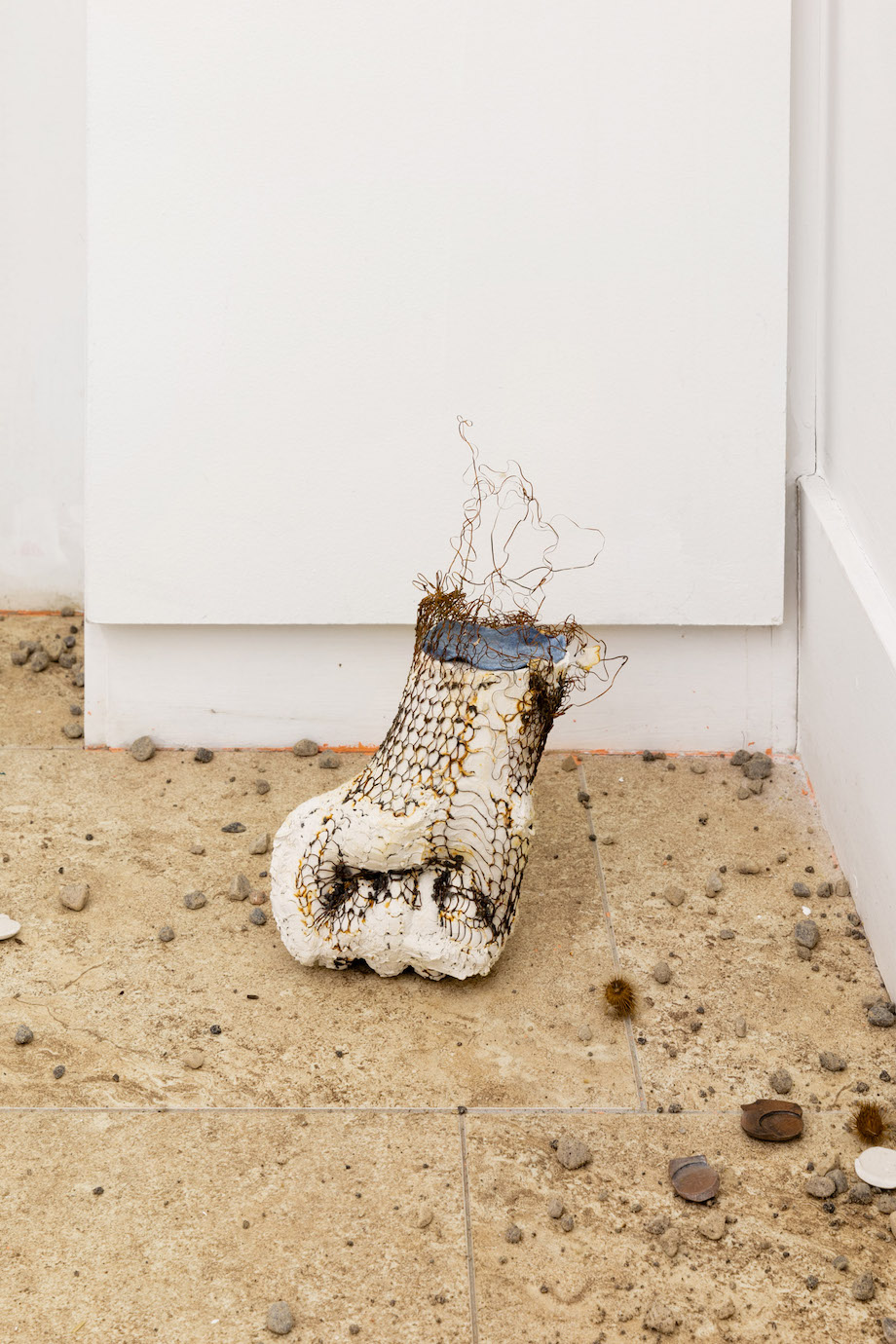

“… In that Empire, the Art of Cartography attained such Perfection that the map of a single Province occupied the entirety of a City, and the map of the Empire, the entirety of a Province. In time, those Unconscionable Maps no longer satisfied, and the Cartographers Guilds struck a Map of the Empire whose size was that of the Empire, and which coincided point for point with it. The following Generations, who were not so fond of the Study of Cartography as their Forebears had been, saw that that vast Map was Useless, and not without some Pitilessness was it, that they delivered it up to the Inclemencies of Sun and Winters. In the Deserts of the West, still today, there are Tattered Ruins of that Map, inhabited by Animals and Beggars; in all the Land there is no other Relic of the Disciplines of Geography.” - Suarez Miranda, Viajes devarones prudentes, Libro IV,Cap. XLV, Lerida, 1658 (1)
Past a signpost, the land is either arid or fruitful. The weeds trail off or grow tall. Their wither or rise battering buildings, and roads, and places to meet. The effects of an event are always first revealed as an ecological crisis. Once under quarantine those coordinates are shaken free of precedent, made ready for late laws and advanced orders. Cordoned parcels planned away from populations where the public becomes private like a veiled work of art - knowing all the while that the public was never public at all. Into the zone like a Stalker. Through a hole in a fence ducked under at nightfall is a border town. Its purpose to quell contingency and keep the status quo from the insurgent. But the site attracts no eyes, so stealth is a luxury.
destruction makes a space
lake of toxic waste
where the zombies grow
in restricted zones
lake of toxic waste
where the zombies grow
in restricted zones
Tattered ruins, where common laws becomes uncommon. Every empire has an end.
(1) Jorge Luis Borges, ‘On Exactitude in Science,’ Collected Fictions, translated by Andrew Hurley.
Jennifer Carvalho has exhibited throughout Canada including recent solo exhibitions at Georgia Scherman Projects (Toronto, ON); and group shows at The Art Gallery of Hamilton (Hamilton, ON); The Art Gallery of Mississauga (Mississauga, ON); and The National Gallery of Canada (Ottawa, ON). She is a three-time recipient of the Elizabeth Greenshields Foundation Award, and was shortlisted for the RBC Canadian Painting Competition in 2013 and 2014. Carvalho possesses an MFA from the University of Guelph and lives and works in Toronto, ON where her work is represented by Georgia Scherman Projects.
Jenine Marsh (b. Calgary, CA 1984) is an artist based in Toronto. Solo and two-person exhibitions include a room at the center of the world surrounded by the noise of men, Interface, Oakland USA, feminine marvelous and tough, Lulu, Mexico City MX; always with, Stride Gallery, Calgary; GUTTERSNIPES, Vie d'ange, Montreal; Dear Stranger, Entrée, Bergen NO; In a world of weeds, all roses are wild, Beautiful, Chicago USA; The Extrovert, Cooper Cole, Toronto CA; and The cut flower still blooms, 8-11, Toronto CA. Recent group exhibitions include The Future Stands Still but We Move in Infinite Space, OSL contemporary, Oslo NO; Flower Petal Tongues, Griffin Art Projects, Vancouver CA; Entangled Tales, Rupert, Vilnius LT; Occupations of Uninhabited Space, Gianni Manhattan, Vienna AT; How deep is your love?, Cooper Cole, Toronto CA; TRUE LIES, Night Gallery, Los Angeles USA; and A Change of Heart, Hannah Hoffman Gallery, Los Angeles USA. She has participated in residencies at USF Verftet (NO), La Datcha (DE), Rupert (LT), the Banff Centre (CA), and Vermont Studio Center (USA). Her work is represented by Cooper Cole in Toronto.
